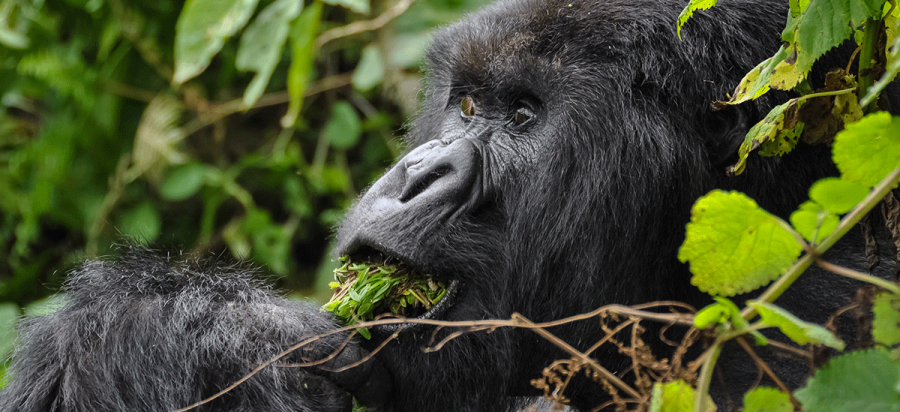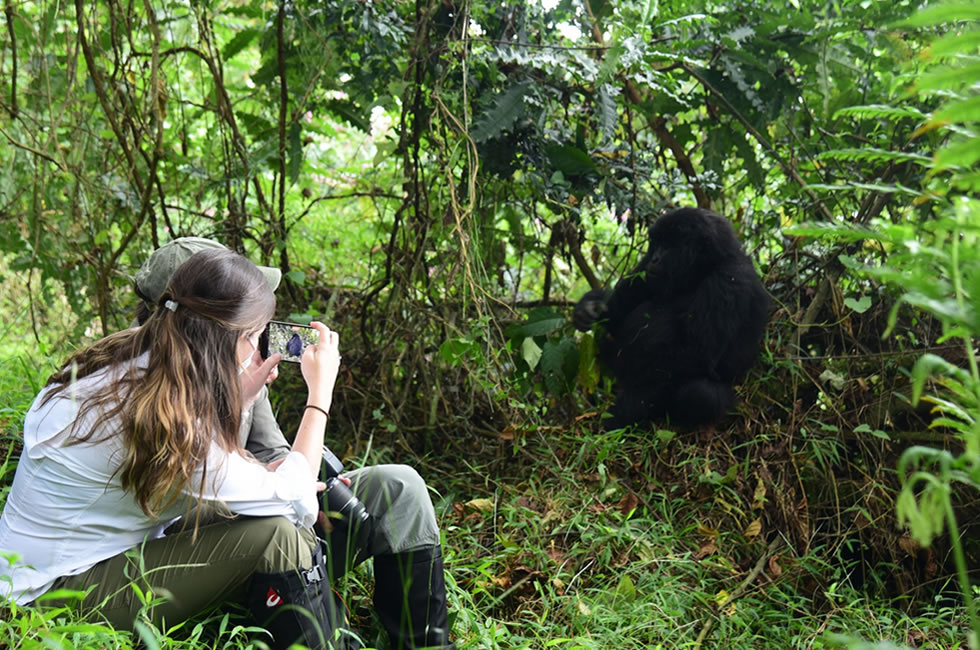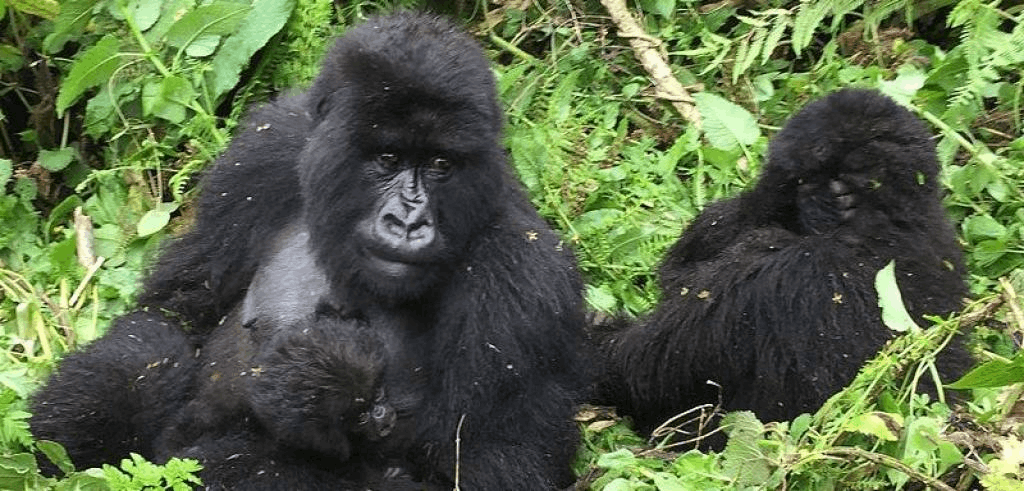Guide to Gorilla Trekking in Rwanda
Guide to Gorilla Trekking in Rwanda : Hosting huge population of majestic gorillas, Rwanda is a great place to trek through the magnificent mountainsides to catch glimpses of these spectacular creatures. Gorilla trekking is deem a once-in-lifetime experience and it can be a bit strenuous for some travelers. Also, it has a high price tag, however it is worth every single coin as you will get an opportunity to immerse yourself in the beauty of Rwanda and get to spent one hour with the world’s most magical creatures in their natural habitat.
Here is what travelers need to know before embarking gorilla trekking adventure in Rwanda.
History of Gorilla Trekking
Gorilla Trekking was introduced in Rwanda and Uganda as a form of sustainable wildlife tourism to support the conservation of mountains which were categorized as “critically endangered at a time”. After its introduction, both populations of mountains (Bwindi and in the Virunga) have seen significant growth in numbers and now they are categorized as “endangered”.

Gorilla tourism remains an important foundation for much of the conservation and community development in both areas, with efforts to continue the preservation of these creatures, only 96 trekking permits are issued daily allowing groups of only 8 to visit the 12 habituated gorilla families in Rwanda.
Mountain Gorillas in Rwanda inhabit the gentler slopes of Volcanoes National Park which are more open bush compared to the Ugandan counterparts (Bwindi Impenetrable National Park and Mgahinga Gorilla National Park), these are more difficult to trek.
Travel Tip – it is guaranteed that you will see mountain gorillas while trekking in Rwanda.
In Rwanda, the trekking permits cost US$ 1500 per person per trek, the price doubles the price of Uganda gorilla permits at US $ 800. Also, the altitude in Rwanda is greater as trekking generally takes place between 8,200 – 9,800 feet.
Where to do gorilla trekking in Rwanda
What to Expect
Before your gorilla trek, you will meet the Volcanoes National Park Headquarters for a safety briefing and to meet your group and guides. Your guide will then lead you to the starting point and enter into the forests looking for mountain gorillas, all tracker guides are experienced in looking for signs of gorillas’ location. They track the gorillas using footprint, dung, chewed bamboo stalks and abandoned nests.

Gorillas normally soil nests and then abandon them to build new ones each night and trackers are able to tell the age of the nests as well as which group made them (though this can be more difficult on rainy days).
While walking to your designated gorilla family, guides will generally allow time to stop and rest along the trail. They tend to hike at a steady pace throughout the excursion, for they must be mindful of the time to ensure that you will be able to reach the gorillas, spend a full one hour with them and make it back down the trail in a timely manner. The hour time frame is set to avoid causing the animals any undue stress or getting them overly used to human interactions which can disrupt their nature.
For guests with physical limitations or disabilities, there is the option to have porters who safely carry guests for the duration of the hike using specialized equipment. Guests are required to inform their tour leaders if they require these services ahead of time, to ensure all necessary equipment is onsite for your trek.
If for some reasons unable to complete the trek to the gorillas, you will either be able to return immediately to the base of the trail with a porter, or you will be asked to remain where you are with a porter until the group returns.
Reaching the Gorillas
Before reaching the gorillas, it is possible to smell them and for your guides and trackers to soft grunting noises as away of assuring the group that friends are approaching (the gorillas’ vocalizations are used as reassurance for other family members). It is most likely that you will view the gorillas during their midday lounging period, during this time the dominant male – the silverback lounges on trees while youngsters roll around in the vegetation and females nurse and play with the infants.

Once you have reached the gorillas, everyone will crouch down while observing them so that the dominant male gorillas can see you all the time. This also ensures that you don’t pose a threat to, or overwhelm the gorillas. touching the gorillas at any point is strictly forbidden, even if one approaches your group.
Additionally, a traveler must never stare directly into the eyes of the gorillas as this is viewed aggressively. Looking sideways and maintaining a subservient stance is key especially if a gorilla comes charging (they do this as a way to release tension or display for the rest of the group).
What to Wear
Regardless of the season you are visiting Rwanda for gorilla trekking, it is crucial to pack for all weather conditions as they can change rapidly in the forests. Prior to travel, check with your tour operator or lodging to see if they provide any complimentary trekking gear, so as to lessen your packing load.
Below is a list of items
- A small, lightweight, frameless, waterproof back/day pack – for personal items, cameras, jacket layers among other
- Waterproof hiking boots or shoes with treaded soles (high ankle preferred)
- Hiking socks (wools or polyester and long enough to tuck your pants into)
- For film and digital cameras, bring plenty of high-speed film or inform yourself how to alter the speed settings on your camera (no flash photography is allowed when visiting the animals)
- Heavy canvas (gardening-style) gloves, these will be available to borrow from lodges of you do not bring your own
- Waterproof or moisture wicking pants – lightweight but thick enough to avoid stinging nettles or thorny branches
- Breathable long sleeves to protect arms from thorns and nettles
- Wide hat for sun protection and coverage from branches
- Walking sticks, additional water bottle and packed lunches will be provided
- While staying at your lodge, comfortable clothing meals and relaxation, no dress code requirements
- Pack dull colored clothes such as green, black and khaki. Bright colored clothes are not recommended as they attract insects and distract the gorillas.
